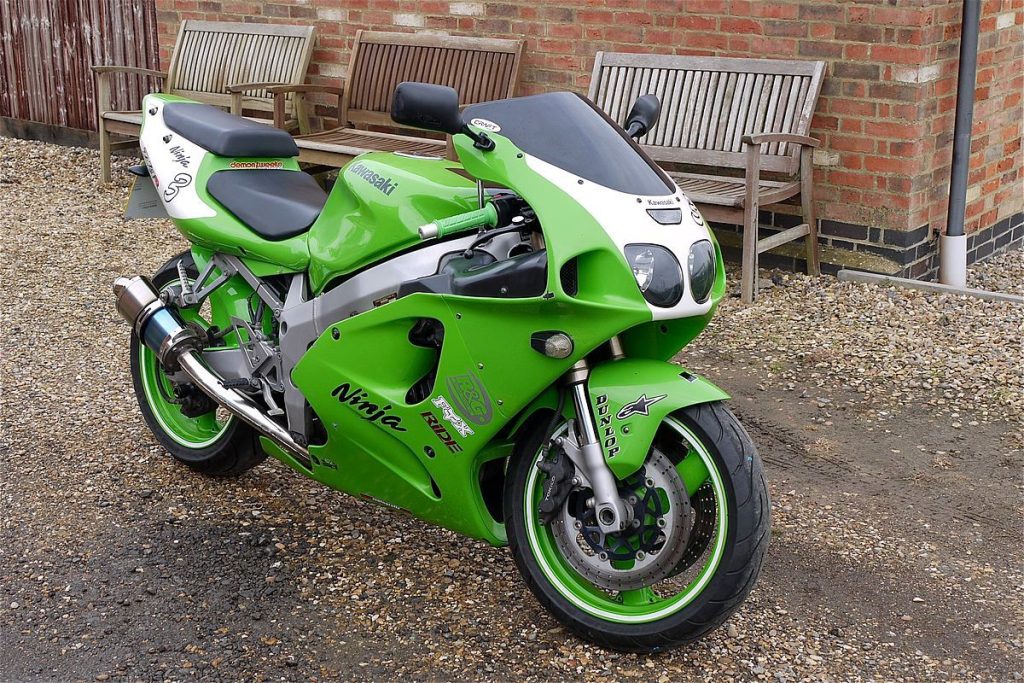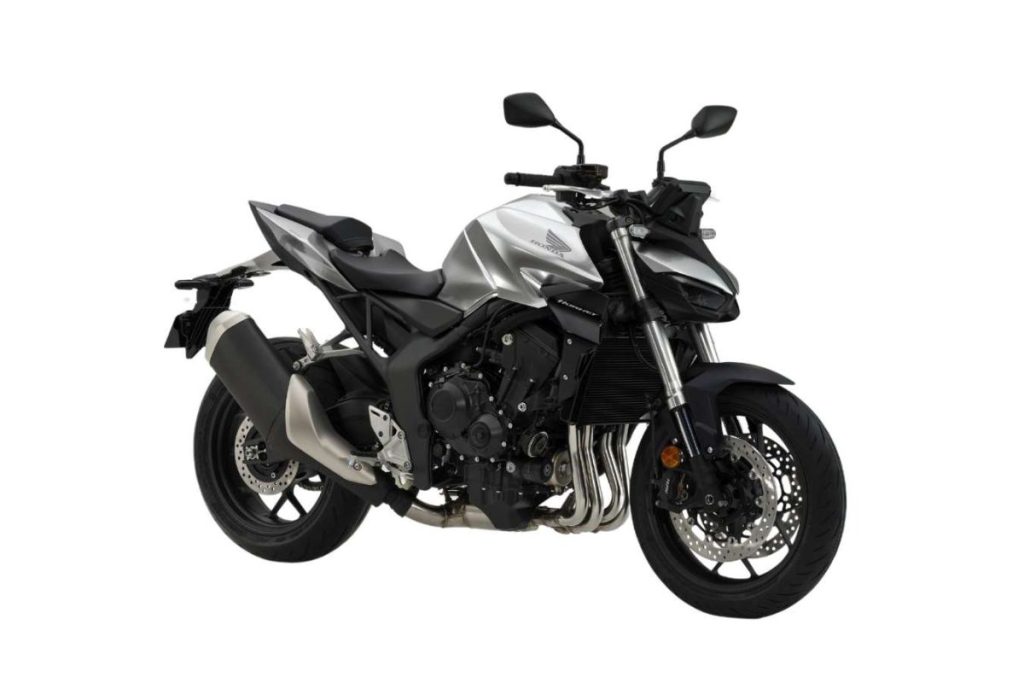The entire world of motorcycle racing has lost something. MotoGP is a spectacle of technical prowess and futuristic motorcycle innovation. And we have a long time to gaze at all this as the procession . . . sorry, I mean race . . . carries on in an orderly fashion, one bike continuing to struggle to overtake the next. The solution to this quandary is complex – the vast sums of money for MotoGP manufacturers comes out of their R&D budget. So MotoGP needs to further each factory’s technical know-how to justify their existence in the class.
The problem is that the way to better the racing is to do away with things like aerodynamic bits and chuck the lowering devices, the things these manufacturers are doing most of their R&D with
That leaves the factories with nothing to spend their R&D budget on except normal chassis and engine developments. Chassis may yet work, but the whole engine development thing becomes a problem, especially as the ten-year forecast of each factory involves very little in the way of internal combustion engines running on fossil fuels. I’m very sure that the dip in the competitiveness of the Japanese manufacturers is down to fewer resources caused by this. The European brands can’t be too far behind.
If we remove the newest technologies, like aero and lowering devices, what exactly is the motivation of the bigwigs in the boardroom for spending bucket-loads of money for MotoGP?
Do you see the dilemma?
There is one saving grace – Michelin, the sole tyre provider for MotoGP, says it is developing a new front tyre to better cater for the stresses these new advances are putting on it, and should mean more overtaking. The only problem is that they are expecting to introduce this new tyre only in 2025. By then we would have all died of boredom.
World Superbikes used to have a popularity that rivalled Grand Prix. That was back in the Nineties during the golden era of the series. In much of the world, people spoke more highly of the likes of Fogarty, Slight and Corser than they did of Doohan and Criville. The reasons are pretty straightforward.
In those days, WSBK featured bikes just like the ones parked in our garages (or, more realistically, the ones we wished were in our garages). The likes of the beautiful Ducati 916, the sideways Kawasaki ZX-7RR, the marvellous Honda RC-45 and the rest were down to earth, and what we wanted.
Some might argue that the current crop of Panigales, R1s, ZX-10RRs and M1000RR play the same role, but the context now is very different. In the Nineties, Grand Prix bikes were 500cc two-strokes which had a notorious reputation but were not real, not real in the sense that you couldn’t really picture them in your garage, no matter how much awe you had for them. World Superbikes, on the other hand, represented the two-wheeled dream of the masses.
The riders in WSBK also had a blue-collared feel about them. They were somehow grittier than the polished Grand Prix riders at the time. They seemed to say whatever was on their mind, no matter what sort of coronary episode it would give the PR manager. They also seemed to do whatever it was they felt like, whether it was pull rude signs at people or, in the case of Aaron Slight and Neil Hodgson, lay their bikes down on the slow-down lap and have a brawl in the middle of the circuit. It was good stuff.
Then MotoGP moved from the fairytale two-strokes to the more real-life four-stokes, and everything changed. Now the newly rebranded MotoGP class looked more like our bikes at home and sounded more like them. Except way more spectacular!
This period also coincided with the rise of a man named Valentino Rossi who, unlike his neatly polished peers, wore funny clothes, laughed a lot and made silly jokes. He was just like a real human being, and a very likeable human being at that.
With those roles taken, WSBK seemed a little more pointless. And that got worse as road superbikes began declining. In the Nineties and 2000s, the Japanese factories would each release a new groundbreaking superbike every two years. Now, Honda seems to be the only one playing ball with its three-year-old Fireblade. The R1 is essentially eight years old with one face-lift in between, and the Kawasaki ZX-10RR is in a similar spot. Suzuki has not even gone that far, and its non-Euro6-compliant GSXR1000 is no longer on sale in Europe (it is still available in South Africa so jump at the chance). Ducati and BMW are still creating new bikes but what is a racing series with two entries?
I would suggest that WSBK admits defeat and stops racing superbikes altogether, moving with the times. I would say replace them with something that manufacturers are still showing an interest in building. That would be supernakeds.
Imagine a full field of KTM Super Dukes, Ducati Streetfighter V4s, Yamaha MT-09, Aprilia Tuonos, Triumph Speed Triples and BMW S1000Rs. With some money and extras thrown at them, the other bike makers could perhaps get the Z1000, the CB1000 and the GSX-S1000 to work also. They may want to race them because unlike their superbike counterparts, these bikes are still available and still selling everywhere.
The support classes could be good too – a class for the likes of the MT-09 and KTM Duke 890, and then another class for the likes of the MT-07 and the various 650s. The Honda Hornet 750 and Suzuki 8S could be squeezed in somewhere too.
Let MotoGP take the spotlight of dreams. Let’s bring WSBK back to the common man.
Thanks
Donovan Fourie






























